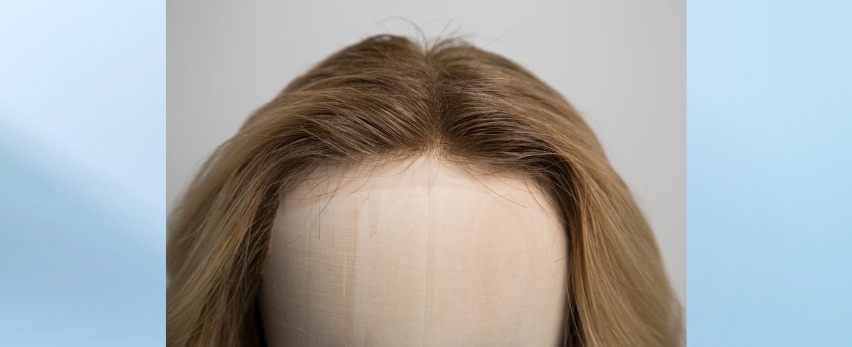
How much time can you wear a wig?
Wearing a wig can be a novel experience, providing comfort and style versatility for various settings. However, a number of factors, such as the type of wig, the wearer's comfort level, and the connection method, influence how long you can wear a wig. What if we looked into the term "wig wear" and some basic considerations for maintaining strong wig tendencies
Introduction to Wig Wear
Wigs have become a popular accessory for people who want to change their hairstyle without committing to permanent changes. Wearing a wig allows people to put themselves out there and easily improve their appearance, whether for comfort, design, or medical reasons.
Factors Affecting the Wig Wear Span
How long a wig can be worn calmly depends on a few factors:
- Sort of Wig: The type of wig greatly influences how wearable it is. Wigs made of human hair and those with superior engineering are designed to be worn for extended periods of time without causing discomfort.
- Wearer’s Solace: A wig's wearability is greatly influenced by its type. Worn for extended periods of time without experiencing any discomfort, human hair wigs and well-engineered wigs are designed for extended wear.
- Strategy for Wig Connection: The length of time the wig can be worn is also influenced by the method used to obtain it. Although pastes or tapes are thought to be safer connections, they might need more frequent removal and reapplication.
Recommended Wig Wearing Length
- Everyday Wear: For daily use, it is usually advised to take off the wig before bed in order to allow the scalp to breathe and avoid any potential discomfort. Wearing a wig for eight to twelve hours a day is acceptable to most wearers.
- Expanded Wear: Some choose to wear their wigs every day for a few days or even weeks. Although extended wear is possible with specific wig types and connection techniques, it is essential to prioritize scalp health and comfort.
Anticipated Risks of Extended Wig Wear
Delays in wearing wigs can pose risks to the health of the scalp and natural hair, such as:
- Skin Disturbance: Extended contact with glues or wig materials may aggravate skin or trigger hypersensitive reactions.
- Going bald: Regular pressure from wig connection methods can cause damage to normal hair follicles or footing alopecia.
- Cleanliness Issues: Wigs worn for extended periods of time may become ideal habitats for microscopic organisms and growths if they are not regularly cleaned and maintained.
Advice for Solid Wig Wear
Consider the following advice to stay up to date with solid wig-wearing tendencies:
- Enjoy Normal Reprieves: Sometimes, especially before bed, take off the wig to give your scalp and natural hair a rest. Allow your scalp to breathe and heal in order to prevent discomfort and promote scalp health.
- Proper Cleaning and Upkeep: To maintain the sterility and freshness of your wig, adhere to the cleaning and maintenance instructions. Maintaining your wig through routine cleaning, shaping, and styling will extend its lifespan and ensure that you enjoy wearing it.
Figuring out Wig Security
In order to reduce the risk of adverse effects, well being should always be a priority when wearing wigs:
- Keeping away from Skin Disturbance: Select hypoallergenic glue and wig materials to reduce the risk of skin irritation or adverse reactions. To ensure that new items are similar to your skin, conduct fix tests prior to using them.
- Preventing Damage to Normal Hair: Understand the impact wearing a wig has on your natural hair and scalp. Avoid applying too much pressure or tugging when putting the wig on or taking it off, and take breaks to allow your natural hair to heal
- Speaking with Wig Trained professionals: experiencing discomfort, consult a wig specialist or healthcare professional. Given your unique needs and preferences, they can offer tailored encouragement and recommendations.
